Have you ever felt the hair-raising thrill of hearing a wolf’s howl echo across a wild valley? There’s something magical, almost haunting, about these creatures—powerful, misunderstood, and fiercely loyal to their packs. Wolves have captured American imaginations for centuries, symbolizing both freedom and untamed nature. But spotting a wolf in the wild is a rare, heart-pounding privilege. If you’re dreaming of that unforgettable encounter, pack your binoculars and hiking boots: these 15 national parks offer your best chances to see America’s iconic wolves, up close and in their natural splendor.
Yellowstone National Park, Wyoming/Montana/Idaho
Yellowstone isn’t just the world’s first national park—it’s practically wolf-watching heaven. Since the celebrated reintroduction of gray wolves in 1995, Yellowstone has become a living classroom for anyone fascinated by these legendary predators. Early mornings in the Lamar Valley are famous for wolf sightings, where you might spot entire packs weaving through misty meadows or hear their soulful howls bouncing off the hills. Rangers and wildlife enthusiasts gather with spotting scopes, sharing whispered excitement as wolves hunt, play, and tend their young.
What’s truly special about wolves in Yellowstone is their role in restoring balance to the ecosystem. When wolves returned, they changed everything—from elk populations to riverbank vegetation. It’s a moving example of nature’s delicate, surprising connections. If you dream of seeing wolves, there’s simply no place like Yellowstone; it’s a pilgrimage for animal lovers, and every sighting feels like a gift from the wild.
Denali National Park, Alaska
Denali’s vast, rugged wilderness is home to some of North America’s most elusive and wild wolves. The park covers six million acres—imagine a land so immense, wolves can roam freely for hundreds of miles without ever seeing a human. Here, packs of gray wolves traverse alpine tundra, boreal forests, and icy rivers, living much as they have for thousands of years.
Visitors to Denali have a real chance of spotting wolves, especially along the park road. Sometimes, wolves are seen trotting across gravel bars or silhouetted against distant mountains. The thrill of seeing a Denali wolf is hard to describe—it’s both humbling and exhilarating, a reminder of how wild and untamed Alaska still is. Even if you don’t spot one, you’ll likely see wolf tracks or hear stories from rangers who know these animals intimately.
Isle Royale National Park, Michigan
Nestled in Lake Superior, Isle Royale is a remote, forested island where wolves and moose have been locked in a quiet drama for generations. The park’s isolation has made it a living laboratory for scientists studying predator-prey relationships. Wolf numbers here ebb and flow, often in response to changes in the moose population or disease.
Hiking Isle Royale’s rugged trails, you might stumble across wolf scat, paw prints in the mud, or even catch a fleeting glimpse of a wolf slipping through the trees. There’s a sense of mystery here—the wolves are rarely seen, but always felt. For those who love the idea of wilderness unspoiled and unhurried, Isle Royale is a place where the call of the wolf is still part of the natural chorus.
Grand Teton National Park, Wyoming
Just south of Yellowstone, Grand Teton National Park is a land of jagged peaks, wild rivers, and sprawling meadows—prime wolf territory. Since wolves were reintroduced to the Greater Yellowstone Ecosystem, packs have made their home in the park’s quieter corners. Early mornings and twilight hours offer the best chances to spot these animals as they patrol their territories or hunt elk along the Snake River.
The park’s wide-open landscapes make wolf watching an adventure filled with anticipation. Sometimes you’ll see a wolf pack silhouetted against the Tetons at sunrise, or catch them splashing across a stream. Visitors often describe a sense of awe and privilege when they see wolves here, as if they’ve been invited into the wild family of the West.
Voyageurs National Park, Minnesota
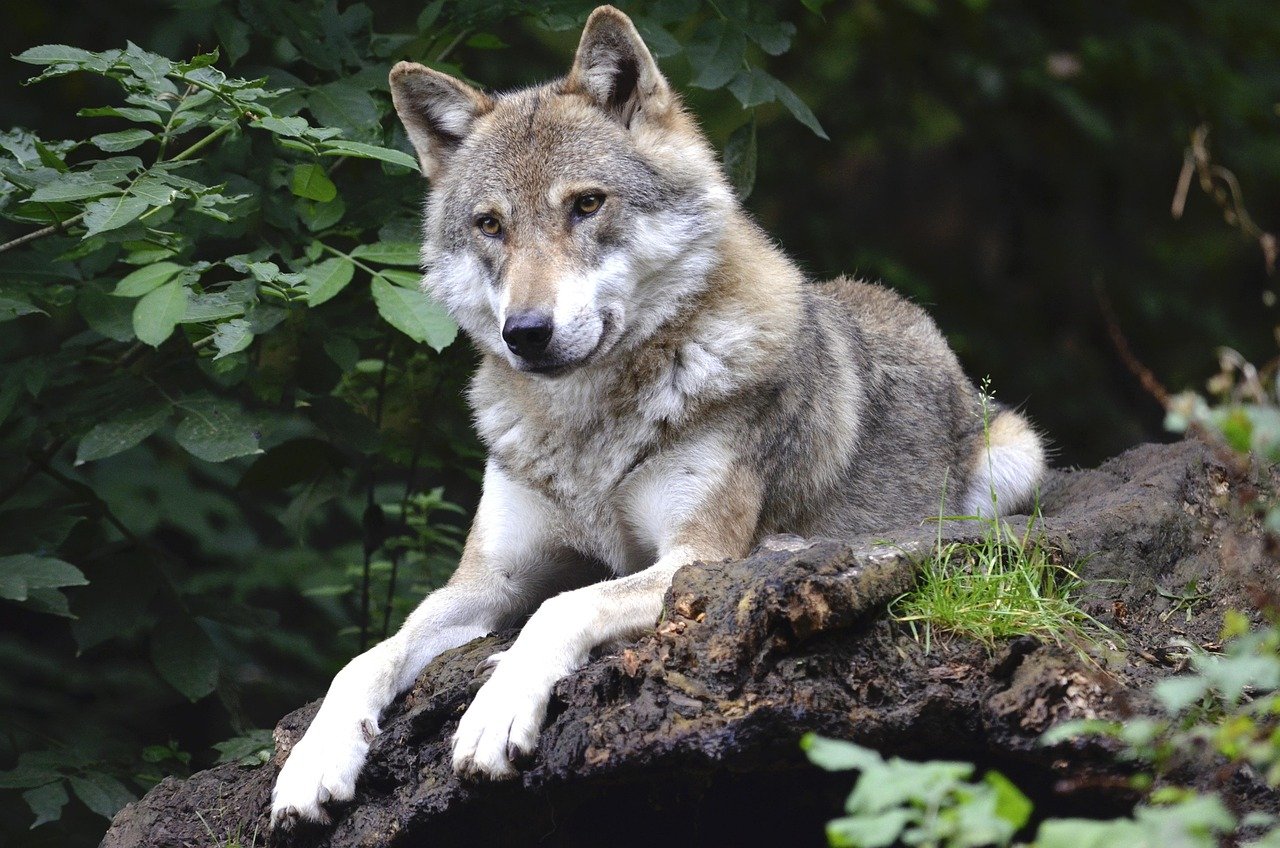
Voyageurs, with its labyrinth of lakes and forests, is a hidden gem for wolf enthusiasts. The park’s dense woodlands are home to the eastern timber wolf, also known as the gray wolf. Packs roam freely here, traveling the same ancient routes carved by native peoples and fur traders centuries ago.
While wolves in Voyageurs can be elusive, their presence is unmistakable. In winter, fresh wolf tracks crisscross the snow, and lucky visitors might hear a distant chorus of howls echoing across the ice. Researchers in the park have even used “howl surveys” to track packs, sometimes inviting the public to listen in. For anyone seeking wolves off the beaten path, Voyageurs offers a mix of adventure, solitude, and the wild magic of the North Woods.
Glacier National Park, Montana
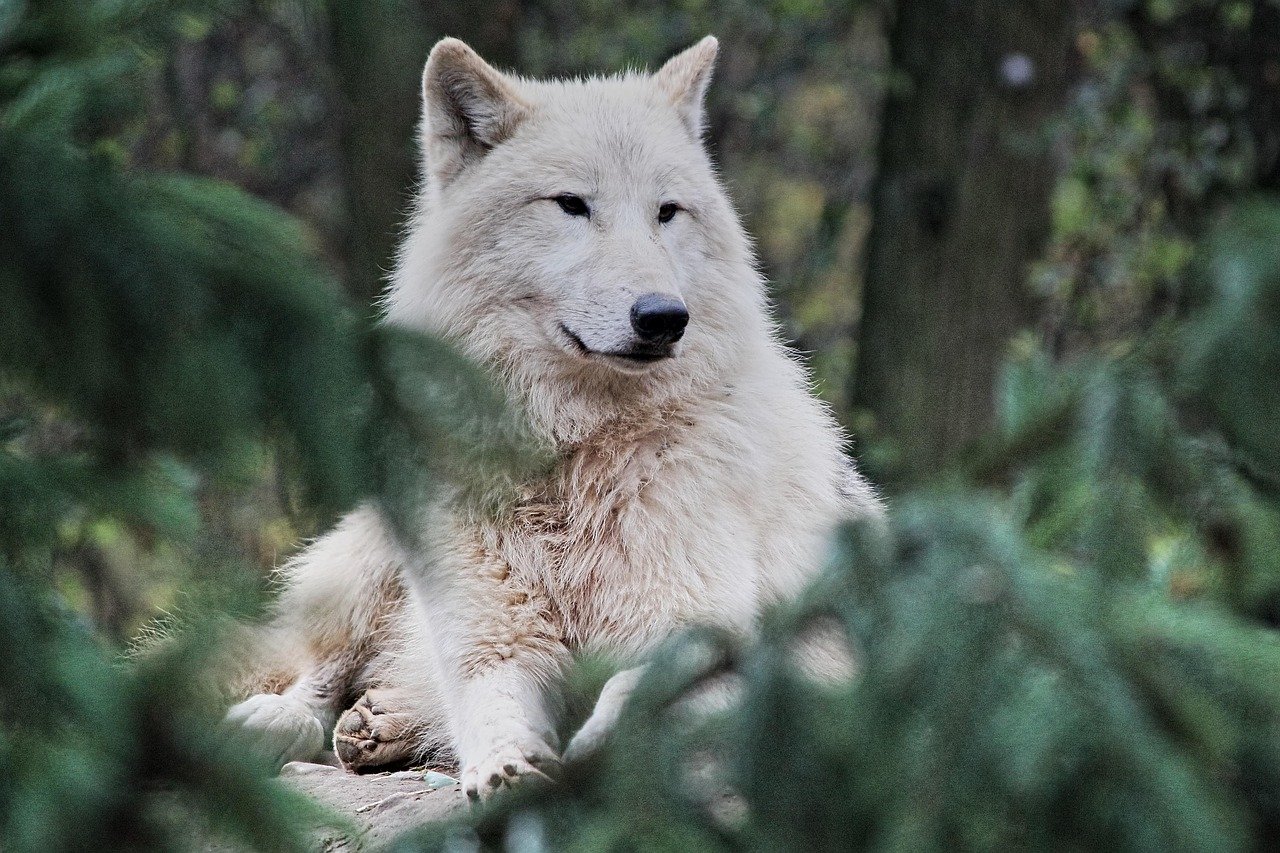
Glacier’s dramatic peaks and hidden valleys are home to a small but growing population of wolves. These animals are shy, keeping to the park’s remote backcountry, but patient hikers and wildlife watchers sometimes spot them in the early morning or late evening. The thrill of seeing a wolf in Glacier is like finding a secret treasure—rare and unforgettable.
The park’s wolves play a crucial role in maintaining the health of its ecosystems, keeping deer and elk populations in check. Many visitors come for the chance to see grizzlies or mountain goats, but the possibility of glimpsing a wolf adds an extra layer of excitement. Glacier is a place where the wild truly feels alive, and every paw print tells a story.
North Cascades National Park, Washington
North Cascades is known for its rugged mountains and deep, shadowy forests—a landscape that feels tailor-made for wolves. In recent years, wolves have been making a quiet comeback here, reestablishing packs in the park’s remote valleys. Seeing a wolf in the North Cascades is still a rare event, but signs of their return are everywhere: tracks in the mud, the remains of a meal, or the distant echo of a howl on a misty morning.
For many wildlife lovers, the North Cascades’ wolves symbolize hope and resilience. Their return is a testament to nature’s ability to heal and surprise us, even in places where we thought wildness had been lost. Every visit here feels like a chance to witness a new chapter in the story of the American wolf.
Grand Canyon National Park, Arizona
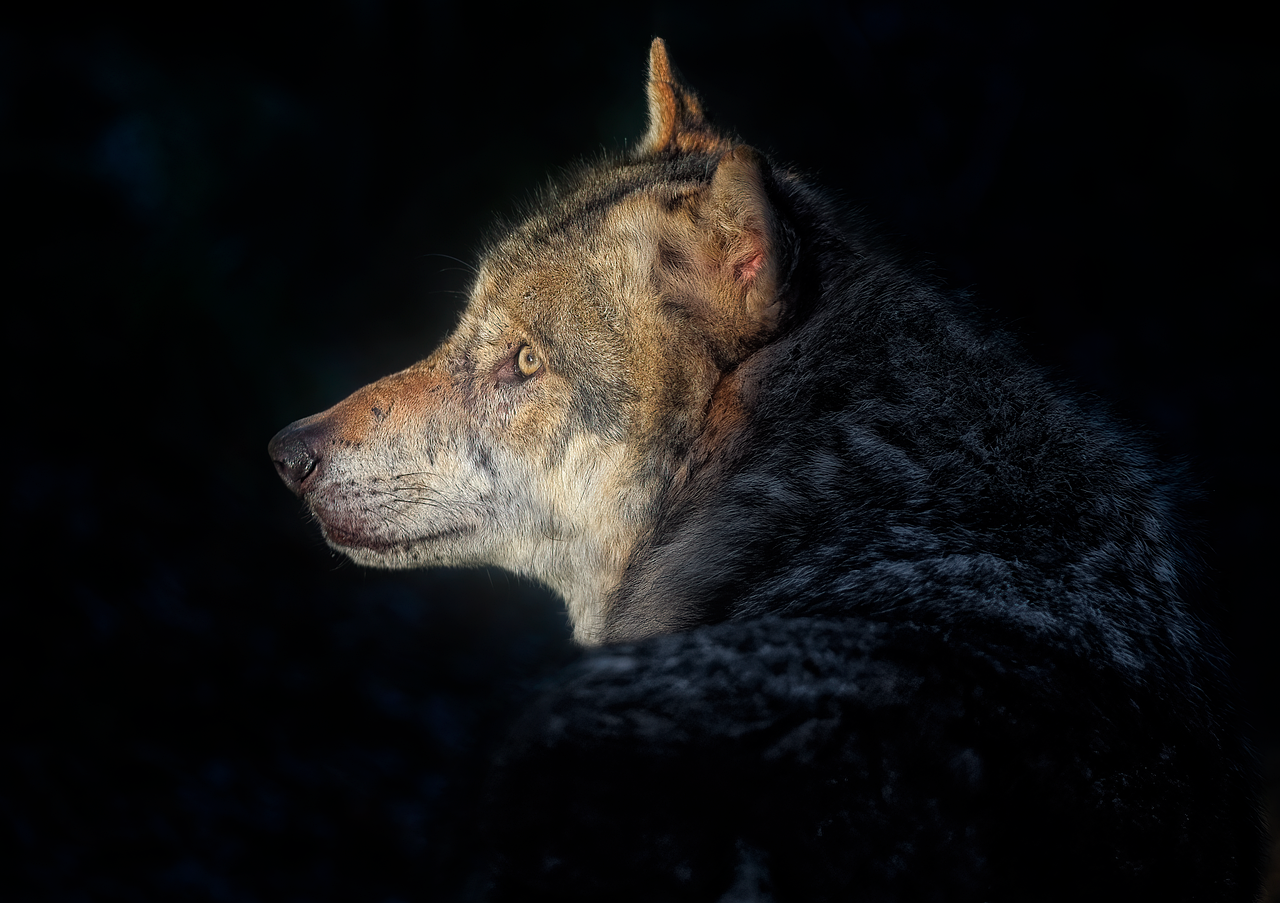
Most people visit the Grand Canyon for its breathtaking views, but few realize that wolves once roamed these canyons and mesas. Today, the Mexican gray wolf—a critically endangered subspecies—has been reintroduced to the greater region, and there are occasional reports of wolves wandering near the park’s quieter edges.
While spotting a wolf at the Grand Canyon is extremely rare, the possibility adds a sense of wildness and mystery to the landscape. Conservationists continue to work tirelessly to ensure the survival of the Mexican gray wolf, and every confirmed sighting is reason for hope. For animal lovers, knowing wolves could one day thrive here again makes every hike a little more thrilling.
Olympic National Park, Washington
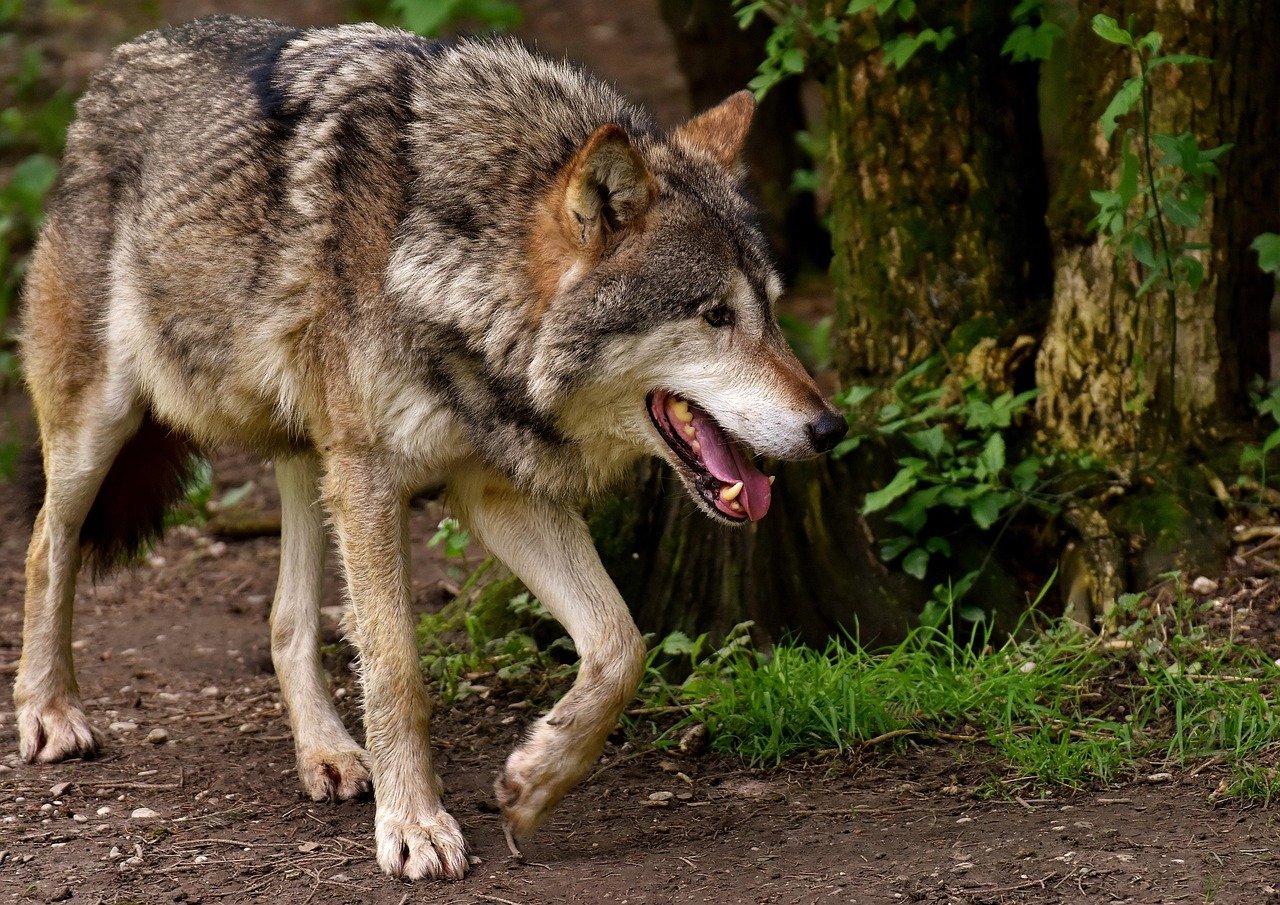
Olympic’s moss-draped rainforests and rugged coastline once echoed with the calls of wolves. After a long absence, gray wolves have begun to reclaim their place in the Olympic Peninsula, crossing over from neighboring areas as their populations expand in the Pacific Northwest.
Hiking through Olympic’s ancient forests, you might sense the presence of wolves even if you never see them. Tracks in the mud or a sudden hush in the forest can make your heart race with anticipation. The park’s wild, untamed beauty feels like the perfect backdrop for these mysterious animals, and their gradual return is a hopeful sign for the future of America’s wolves.
Rocky Mountain National Park, Colorado
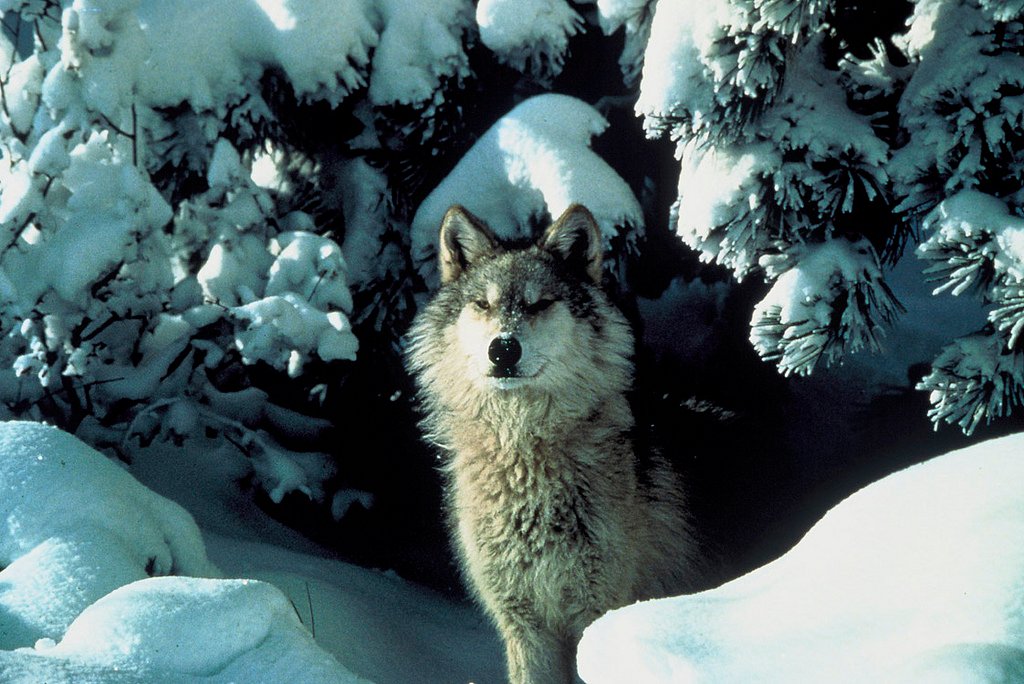
Rocky Mountain National Park is another spectacular place where wolves may soon roam freely again. While wolves were eradicated from Colorado in the early 20th century, recent reintroduction efforts have brought them back to the state. Packs have been spotted near the park’s boundaries, and many hope it’s just a matter of time before wolves are once again a regular part of the park’s ecosystem.
The thought of wolves returning to the Rockies fills many visitors with excitement and a sense of history in the making. Standing on a windswept ridge, it’s easy to imagine a pack trotting through the trees below, restoring balance to a landscape waiting to be wild again.
Sequoia and Kings Canyon National Parks, California
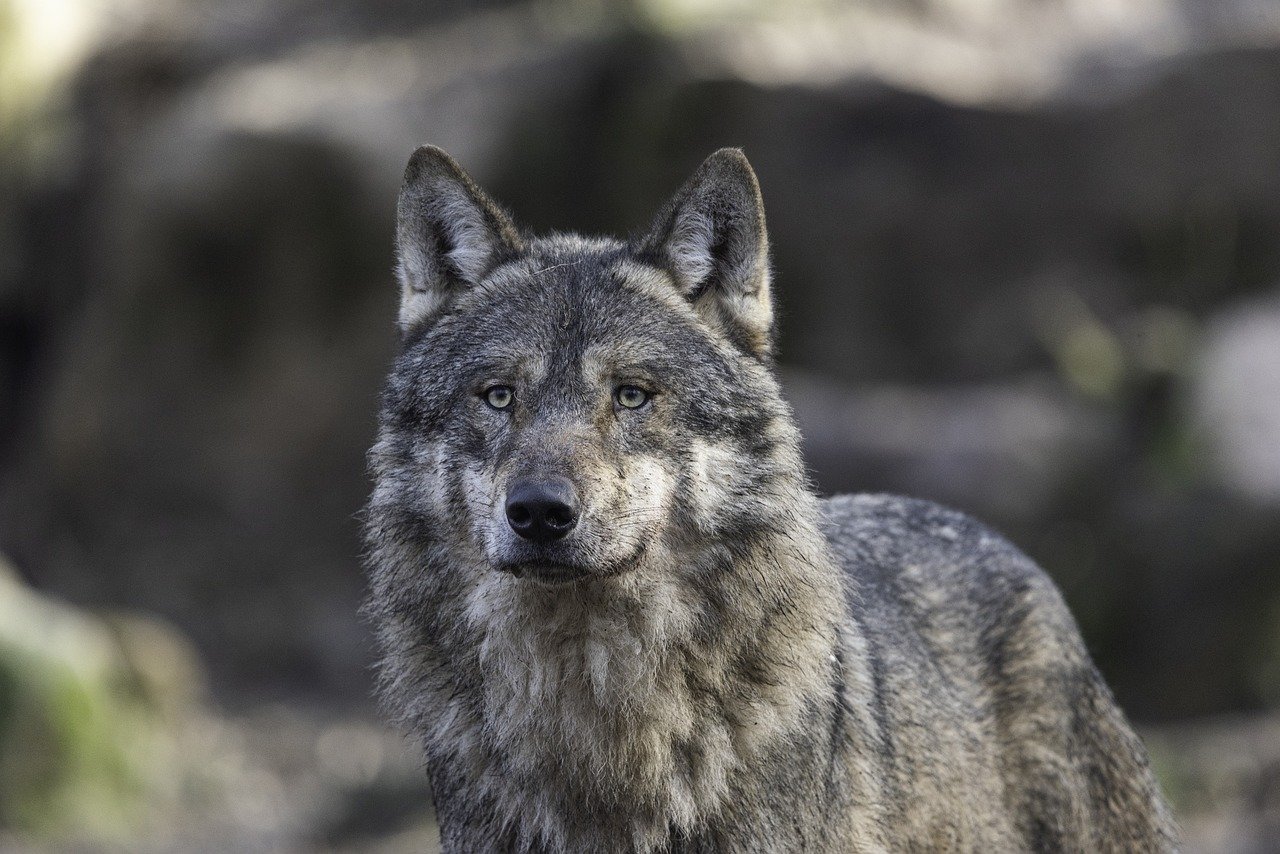
Sequoia and Kings Canyon’s massive trees and sprawling meadows offer a dramatic setting for wolf watching—though, in truth, wolves are only just beginning to make a comeback in California. Occasional sightings and tracks have been reported in the Sierra Nevada, sparking hope among conservationists that wolves will soon reclaim their former range.
For visitors, the possibility of seeing a wolf among the giant sequoias is both thrilling and poignant. These parks stand as monuments to resilience, and the slow return of wolves is a reminder that nature’s stories are never finished. Every distant howl or paw print adds to the sense of awe that fills these ancient forests.
Redwood National and State Parks, California
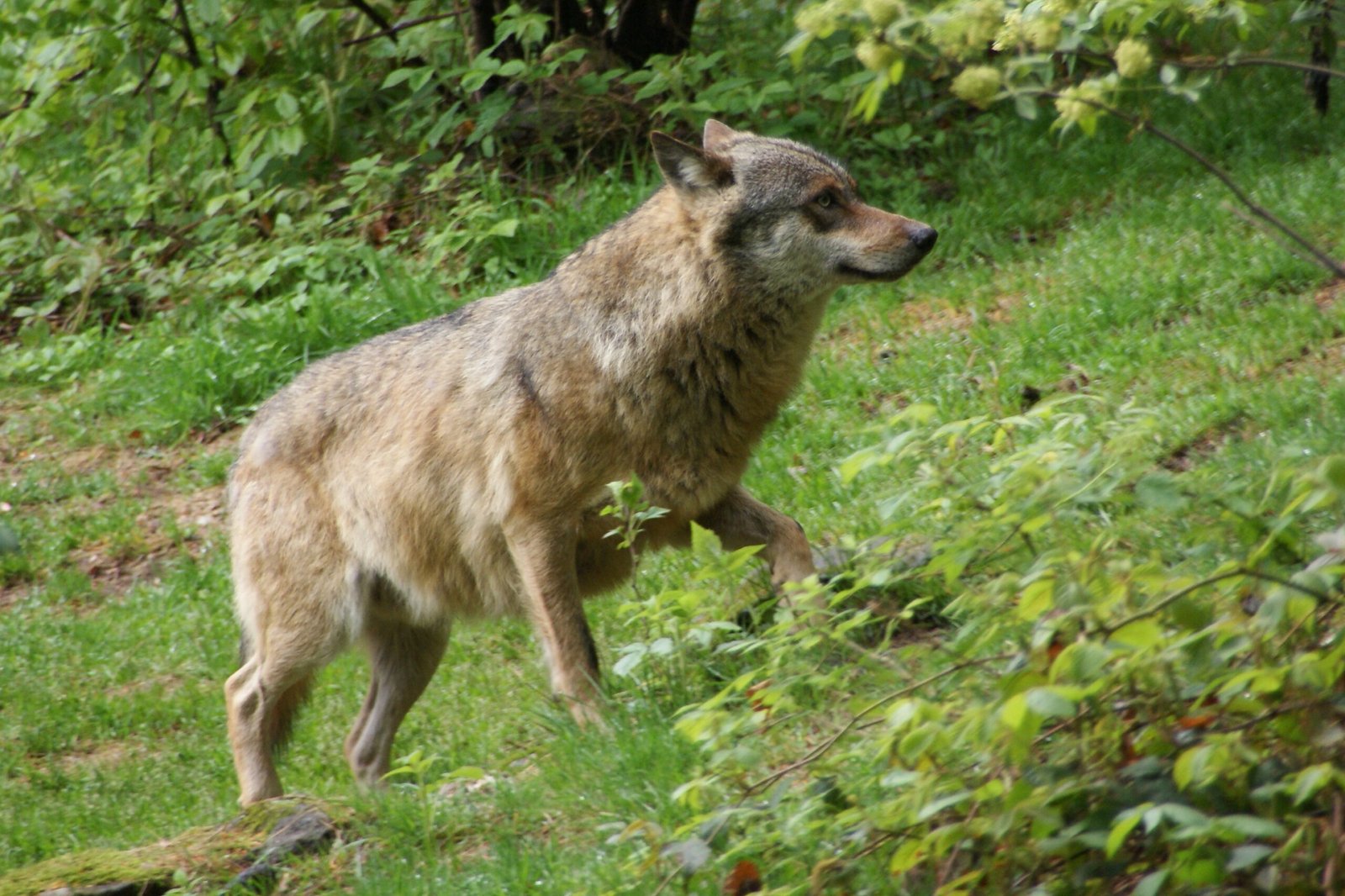
Redwood National and State Parks, famous for their towering trees, have recently welcomed signs of gray wolves returning to northern California. While wolves aren’t yet established within the park itself, several radio-collared individuals have wandered close, and the prospect of packs settling here is cause for cautious optimism.
Wandering beneath the cathedral-like redwoods, visitors can’t help but imagine a wolf slipping silently through the ferns. The return of wolves to these ancient forests would be a breathtaking chapter in the ongoing story of wild America—one that inspires both awe and hope.
Great Smoky Mountains National Park, Tennessee/North Carolina
The Great Smoky Mountains once echoed with the howls of the red wolf, a distinct and critically endangered species native to the Southeast. While wild red wolves haven’t ranged here in decades, captive breeding and reintroduction efforts are ongoing, and some conservationists dream of restoring these animals to their ancestral home.
For visitors, the Smokies’ misty ridges and dense forests still carry the spirit of the wolf. Interpreters and rangers share stories of the red wolf’s history, and every rustle in the underbrush sparks a flicker of hope. The park remains a symbol of what’s possible when people and nature work together for recovery.
Baxter State Park, Maine
Baxter State Park, with its rugged mountains and deep forests, is one of the wildest places in New England. While gray wolves were long ago extirpated from Maine, there have been unconfirmed sightings and evidence suggesting their return is possible, especially as populations recover in neighboring Canada.
For those who crave the thrill of the unexpected, Baxter offers a tantalizing sense of possibility. Hiking its backcountry trails, you might see coyote-wolf hybrids or hear stories from locals about strange tracks in the snow. The dream of wolves returning to Maine lingers in the crisp mountain air, adding an edge of excitement to every wilderness adventure.
Cuyahoga Valley National Park, Ohio
Located between Cleveland and Akron, Cuyahoga Valley National Park might seem an unlikely place for wolves, but this lush, green corridor is part of the broader story of wolf recovery in the Midwest. While wolves are not currently resident in the park, their range in the region is expanding, and occasional reports of lone wolves spark hope among local wildlife lovers.
Cuyahoga Valley’s meadows, woodlands, and wetlands provide prime habitat for many species, and the slow, hopeful march of wolves across the Midwest is a story that touches the heart. Every new sighting is a reminder that wildness can return, even in places where it seemed lost forever.
Exploring America’s national parks offers more than stunning landscapes—it’s a rare chance to witness wolves in their natural habitat, thriving as vital parts of our ecosystems. The 15 parks on this list each provide a unique window into the lives of these intelligent, elusive creatures, whether it’s the iconic gray wolves of Yellowstone or the endangered red wolves of North Carolina. Watching them in the wild reminds us of the delicate balance of nature and the importance of ongoing conservation. These parks don’t just protect wolves—they preserve a living symbol of wilderness that continues to captivate and inspire us all.

Andrew Alpin from India is the Brand Manager of Doggo digest. Andrew is an experienced content specialist and social media manager with a passion for writing. His forte includes health and wellness, Travel, Animals, and Nature. A nature nomad, Andrew is obsessed with mountains and loves high-altitude trekking. He has been on several Himalayan treks in India including the Everest Base Camp in Nepal.





